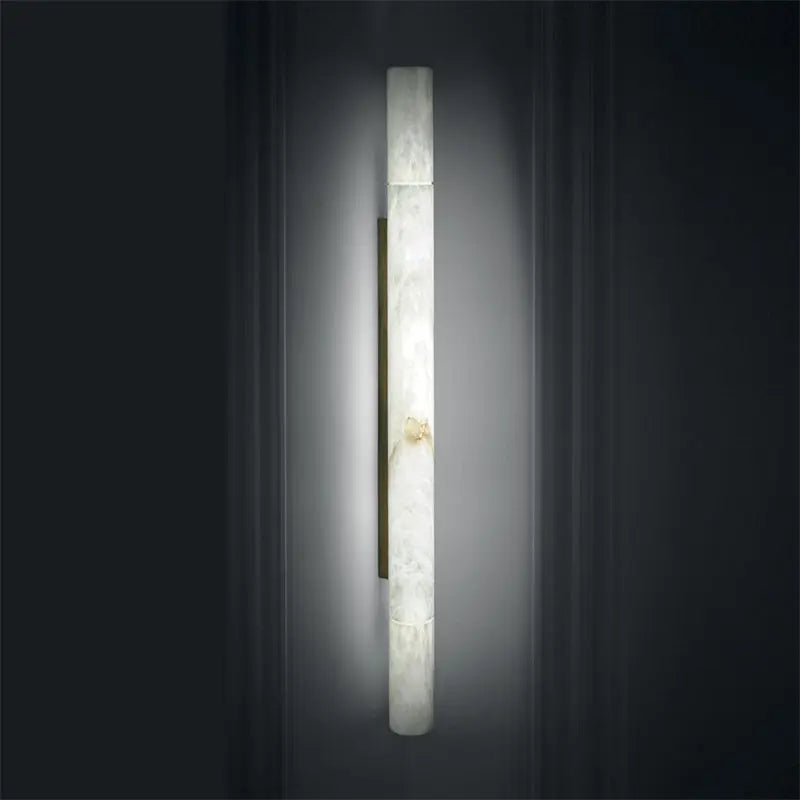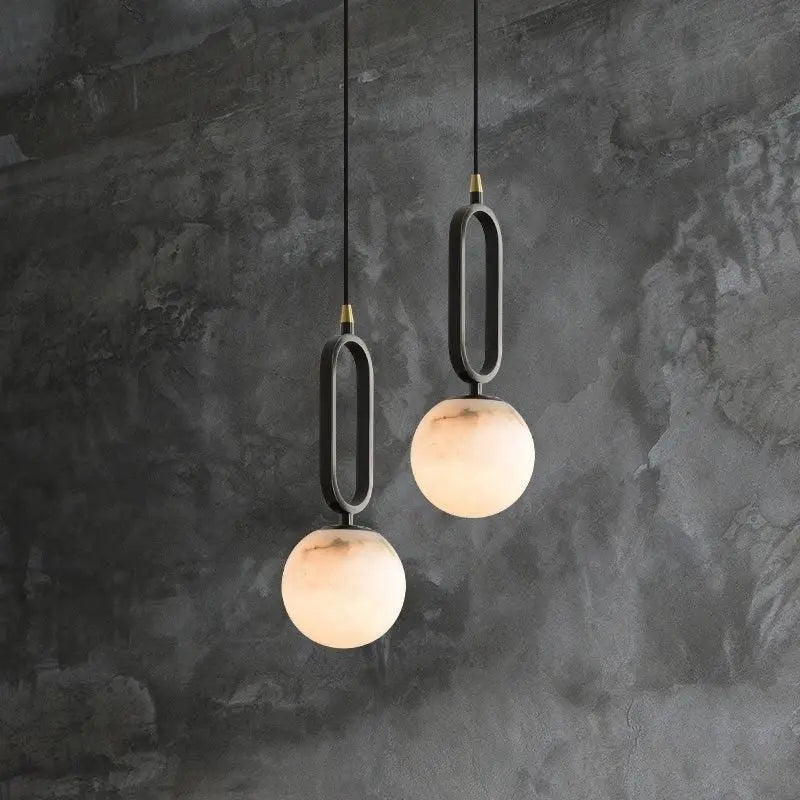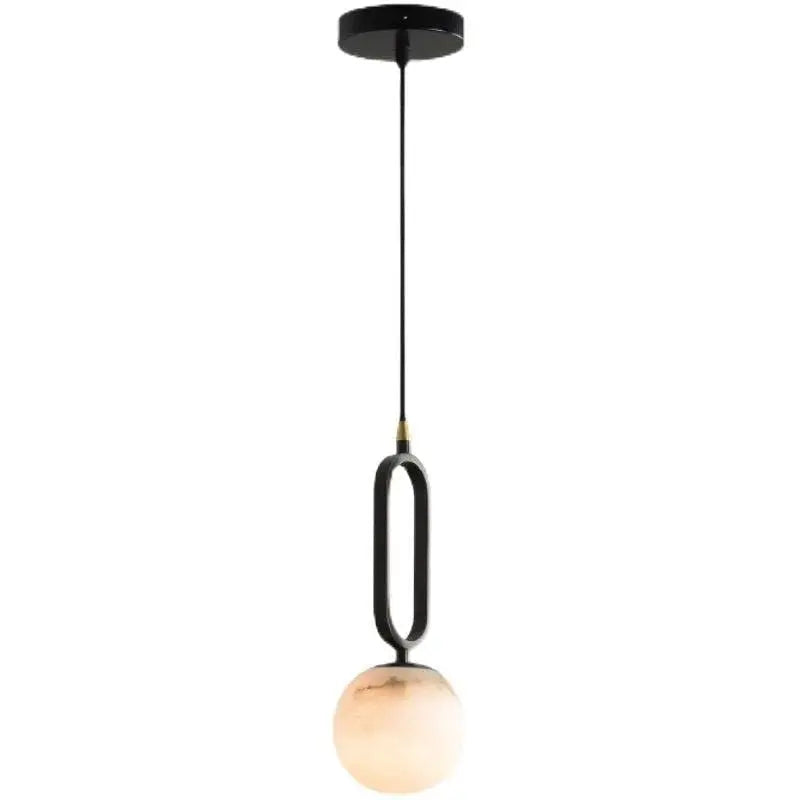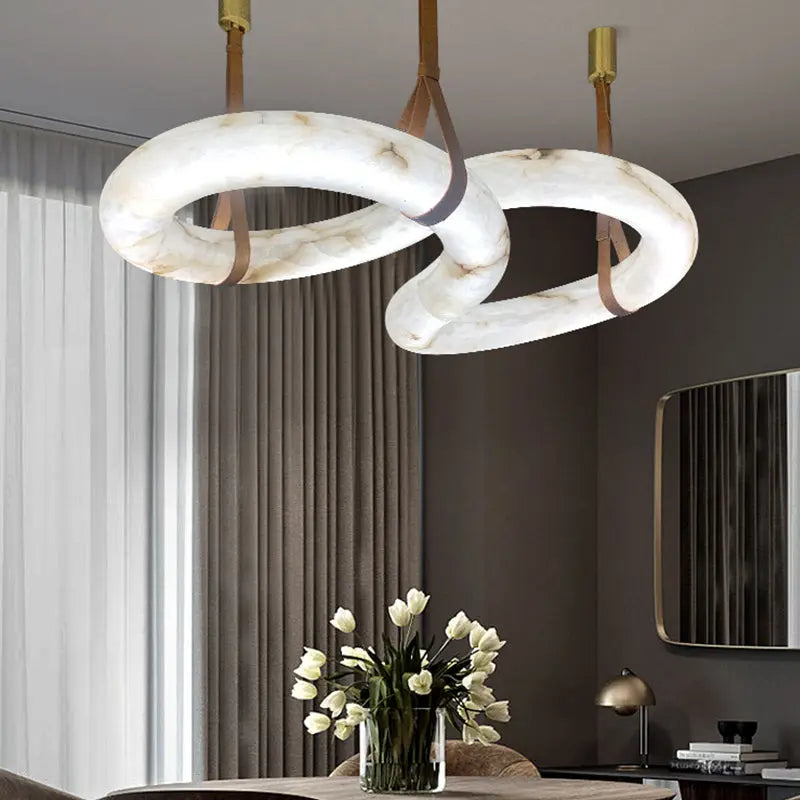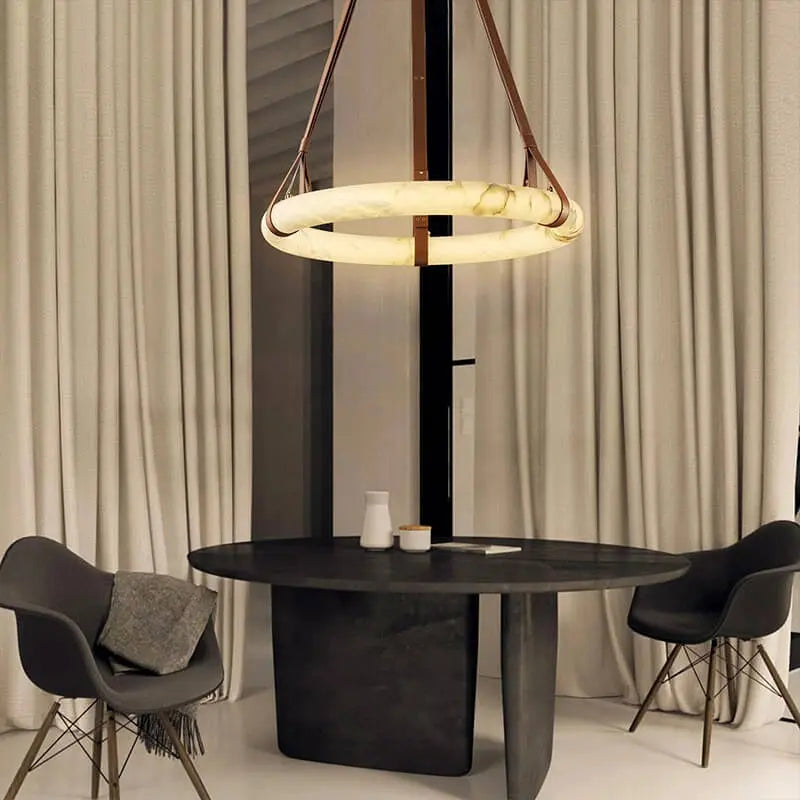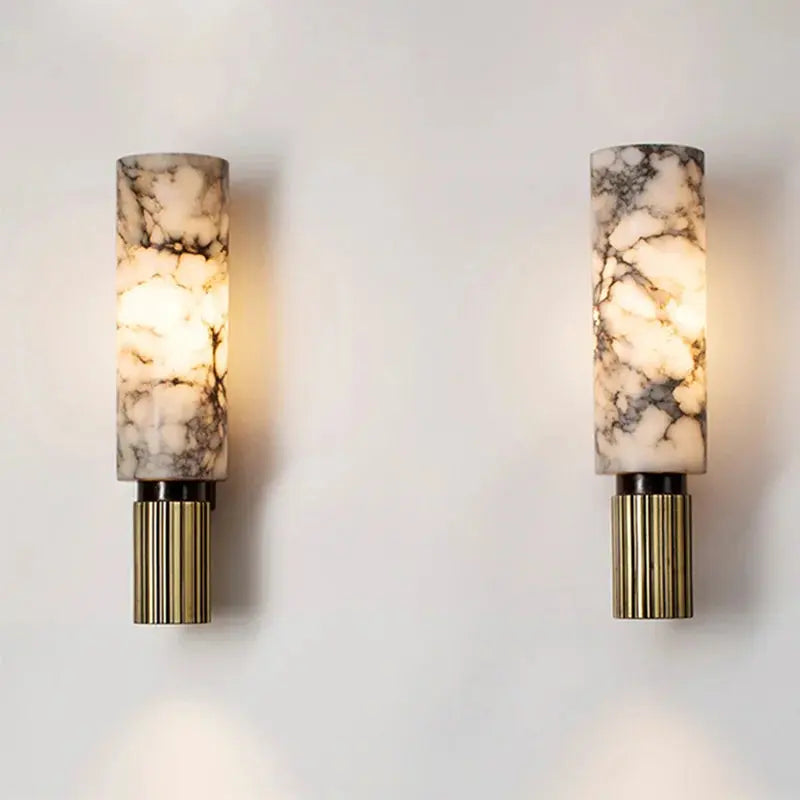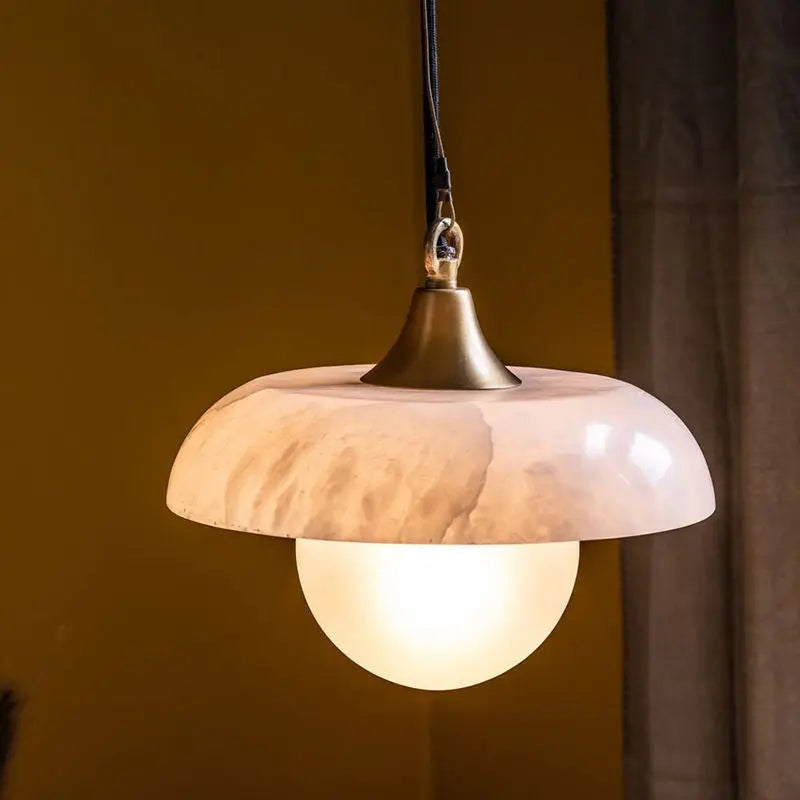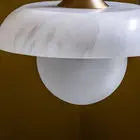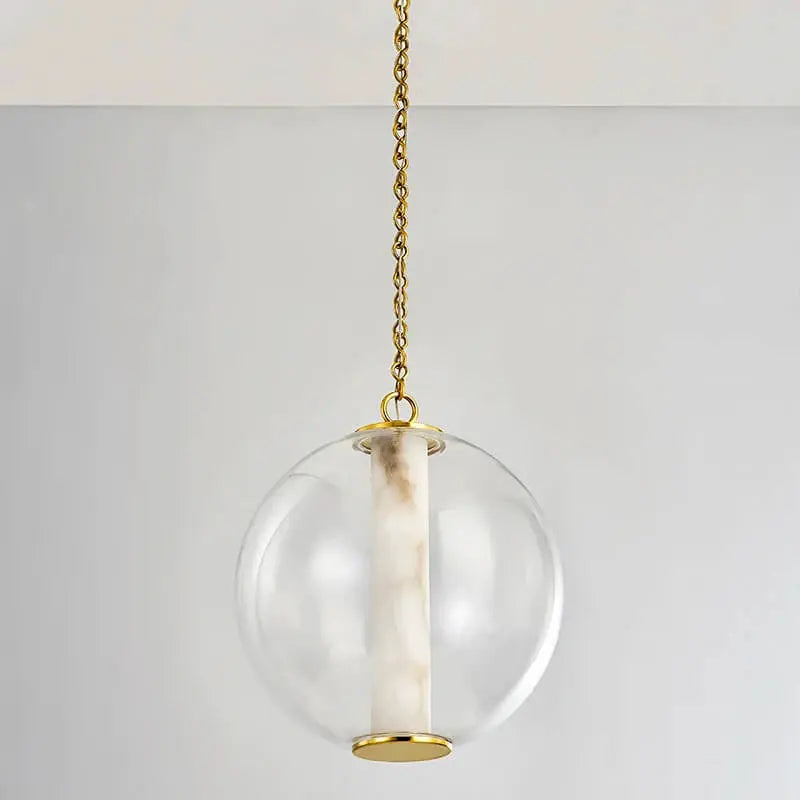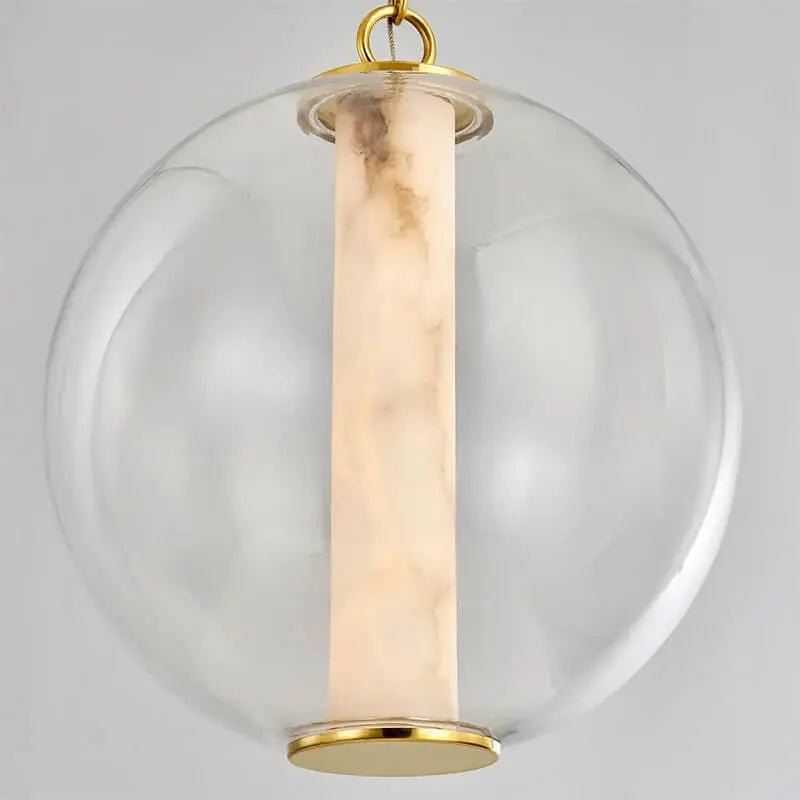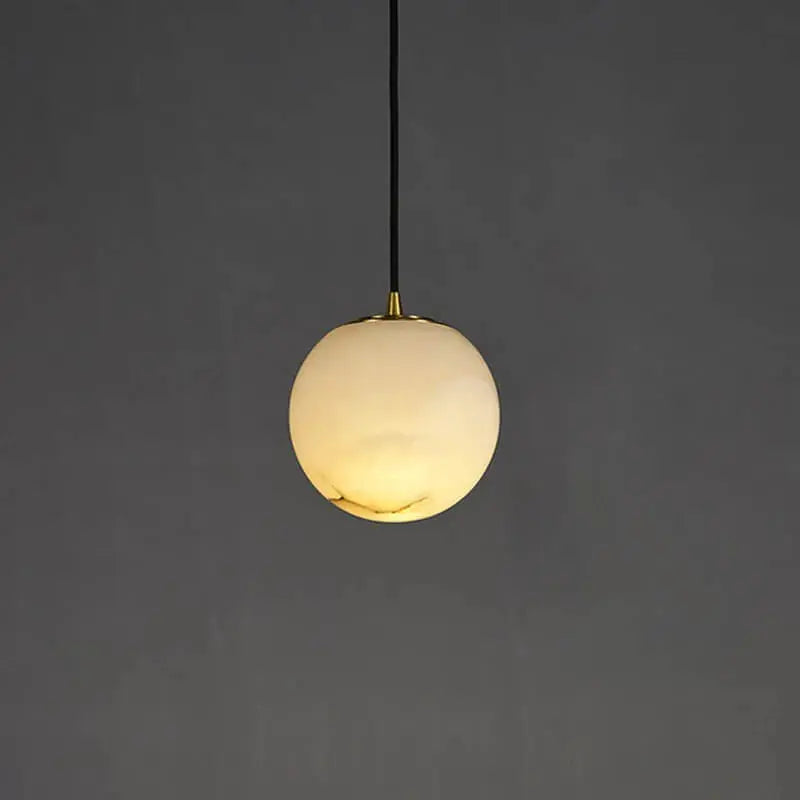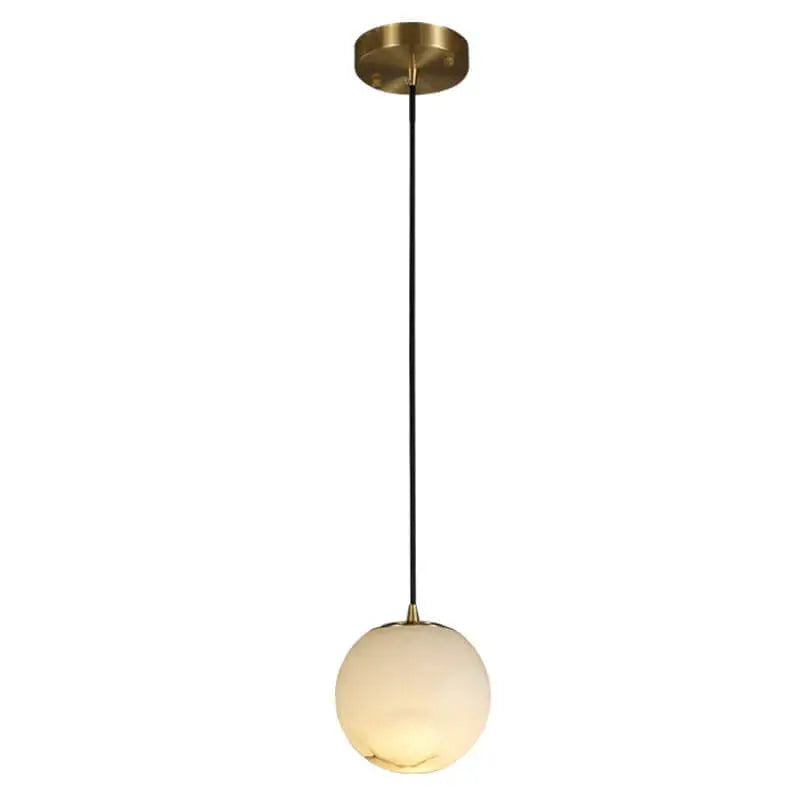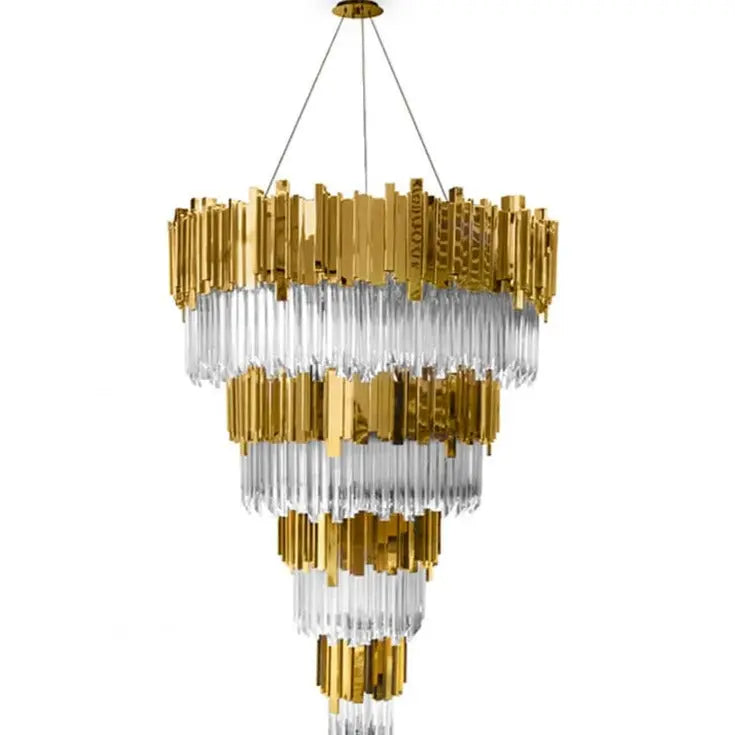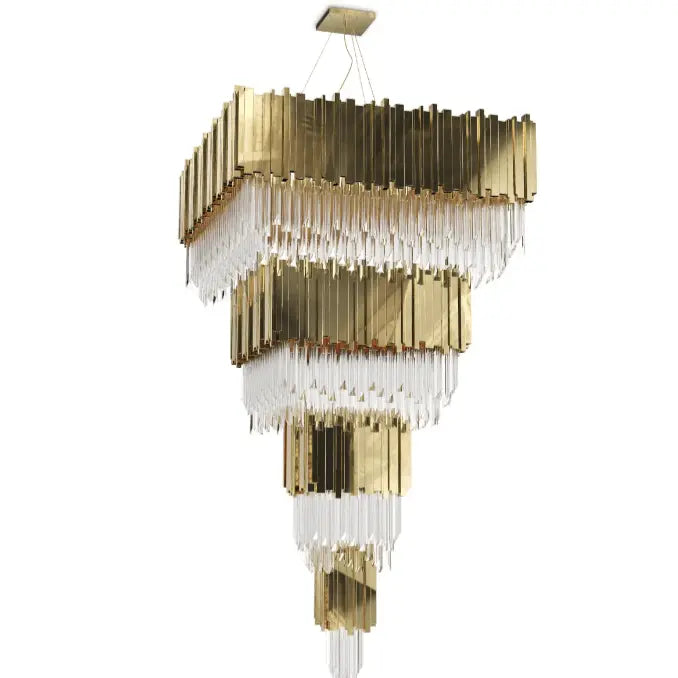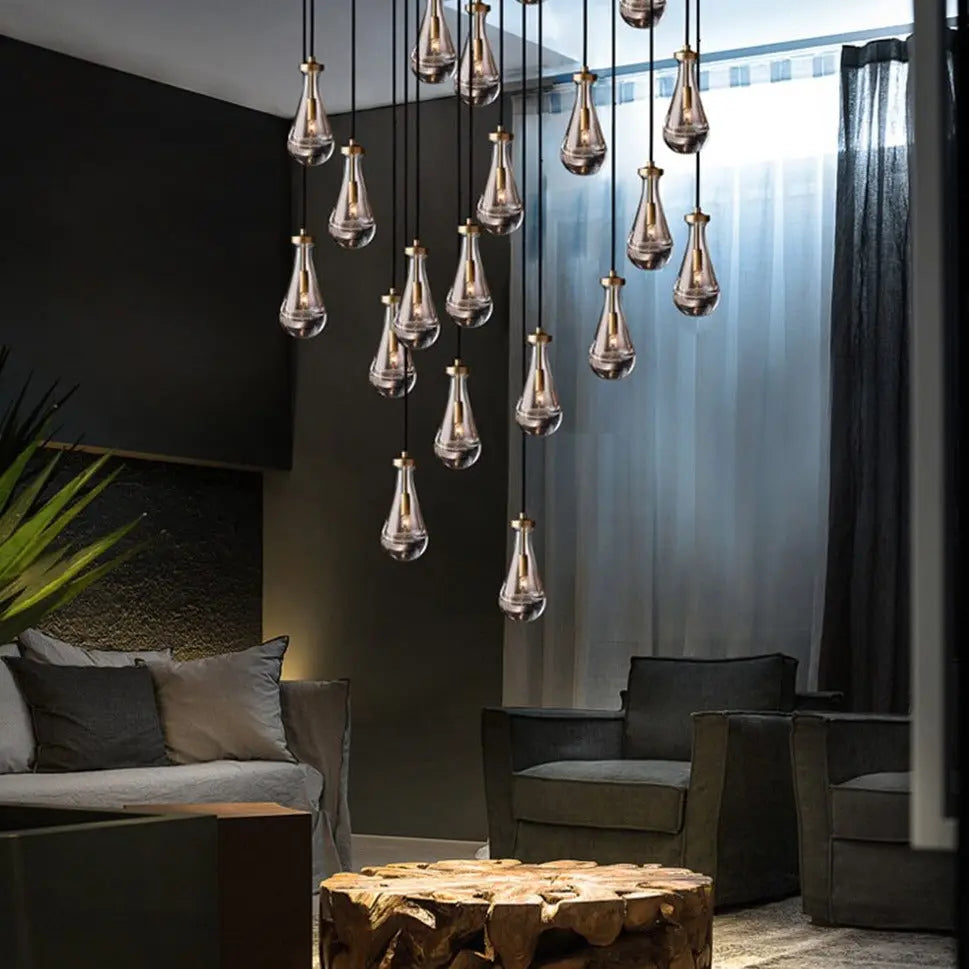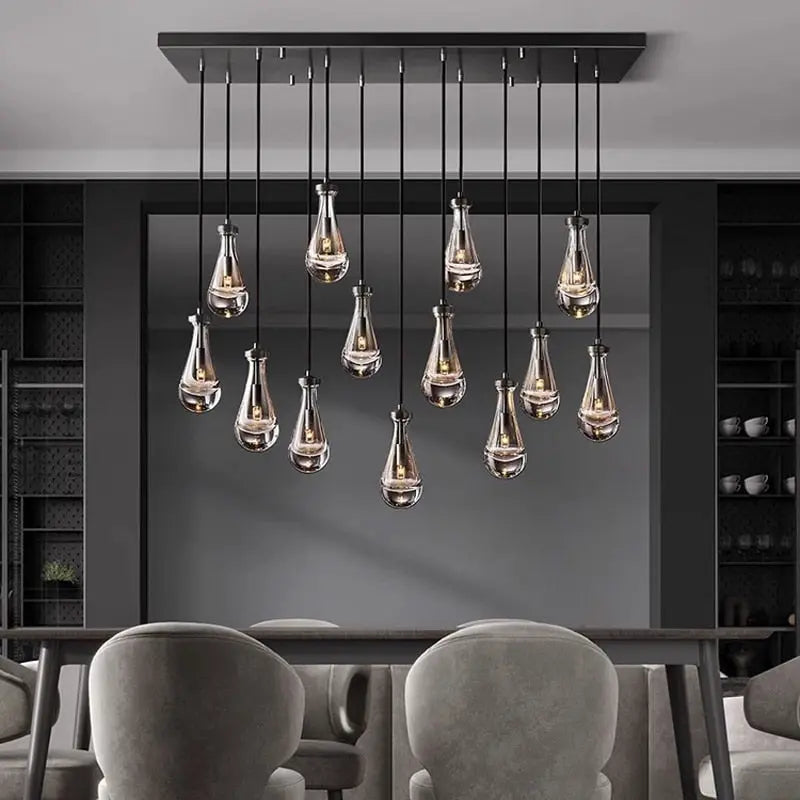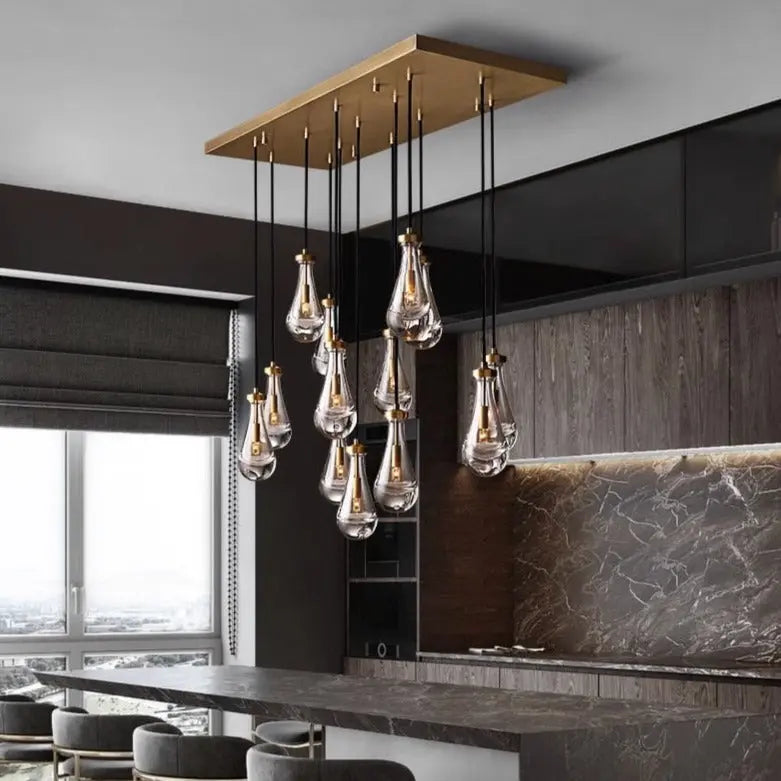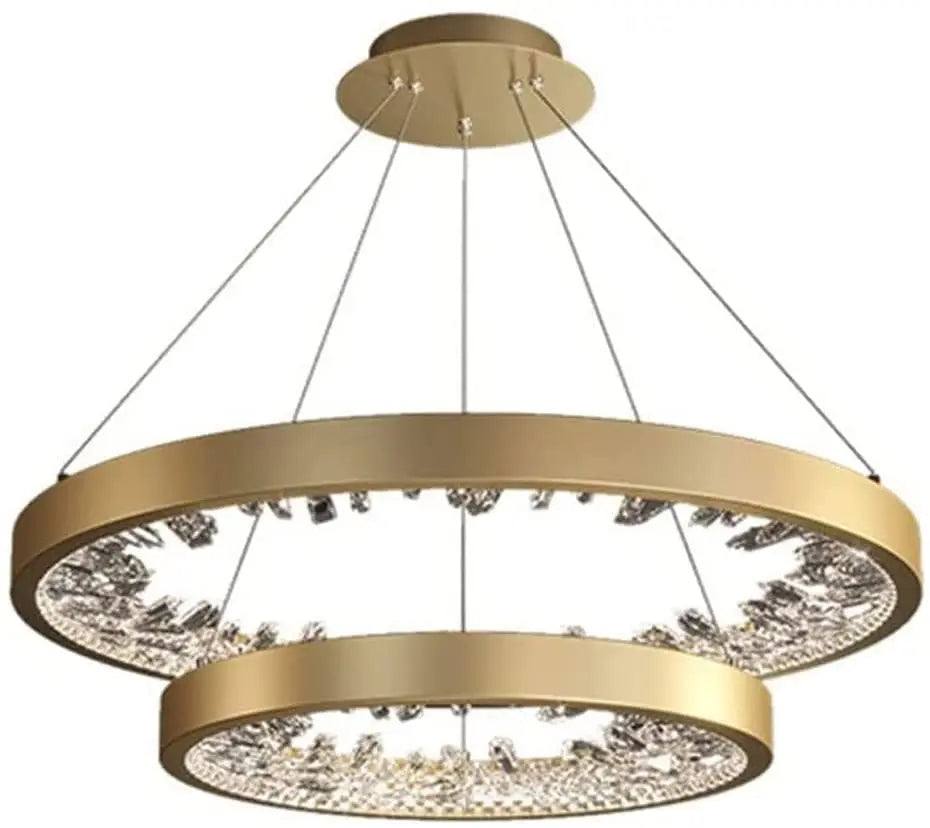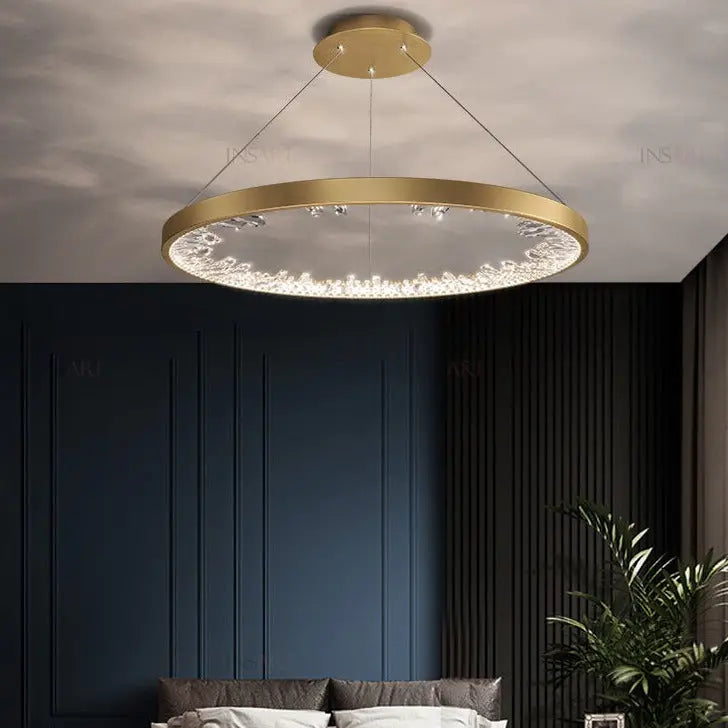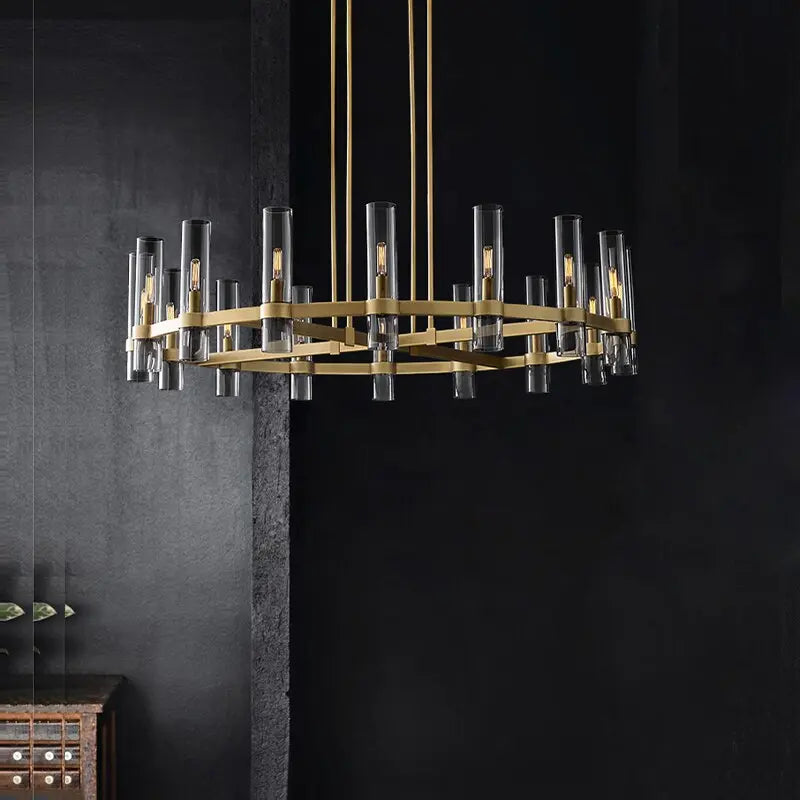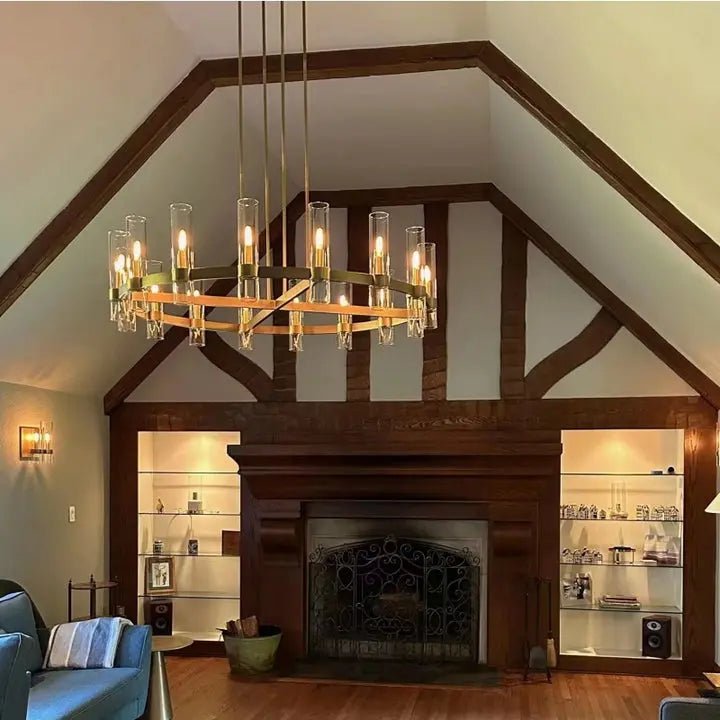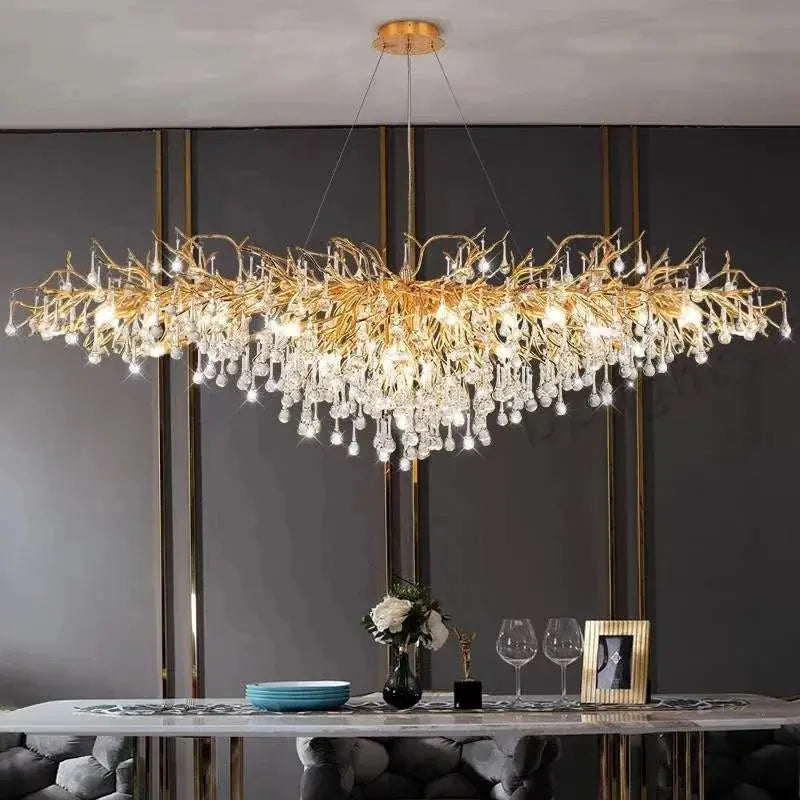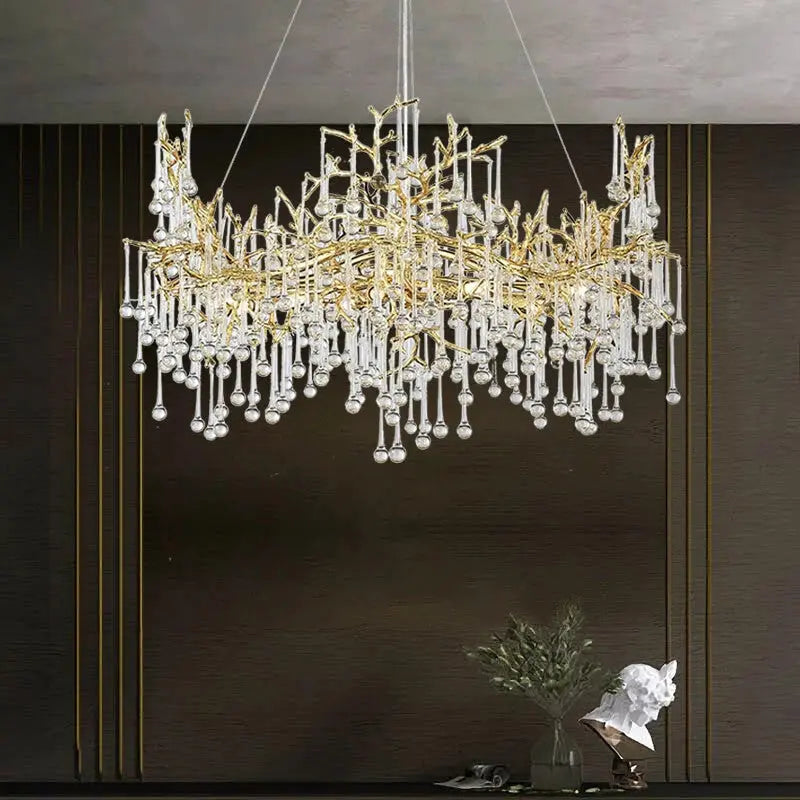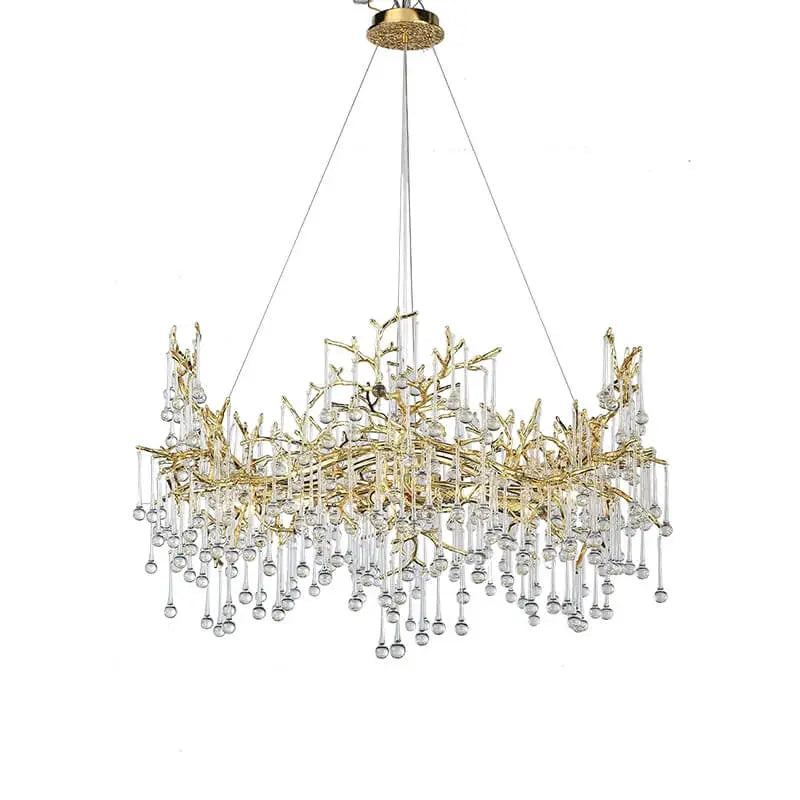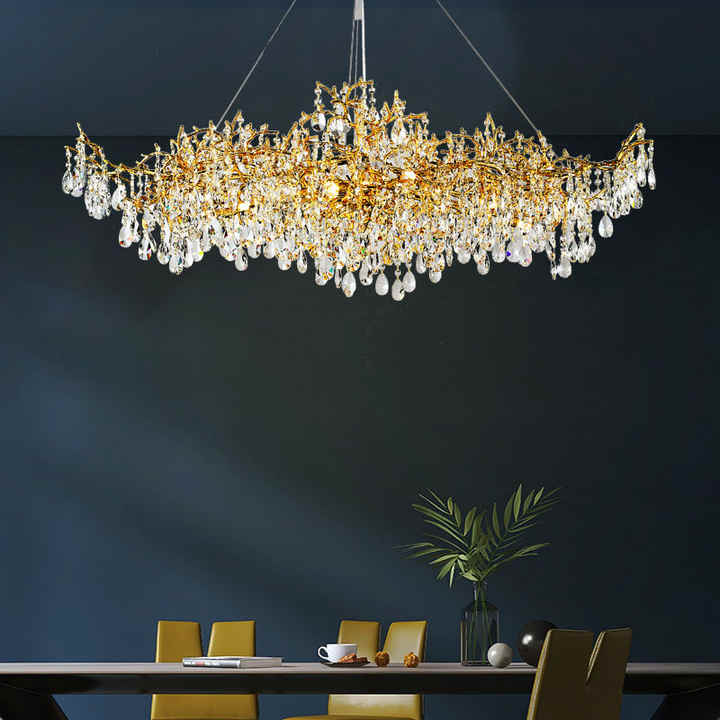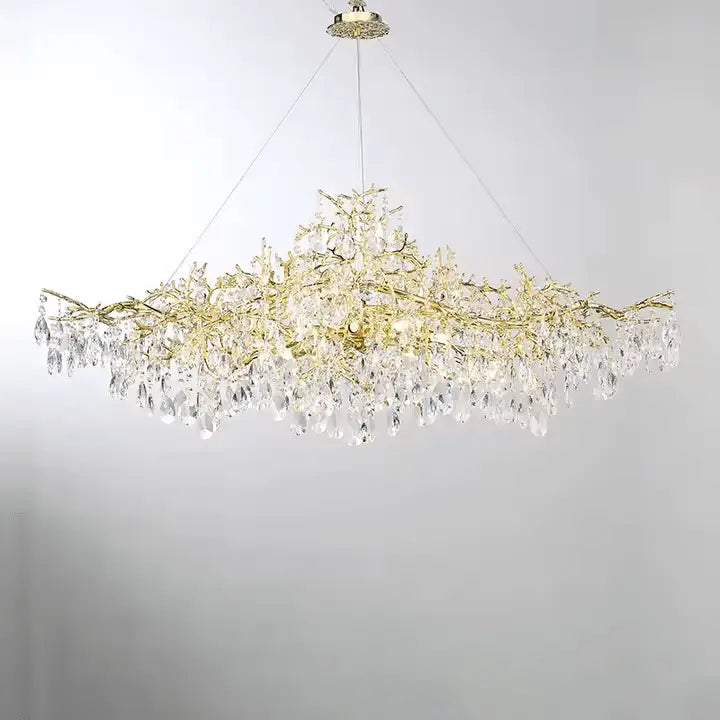Picking out the right dining room light fixtures can really change how your space feels. It's not just about seeing your food; it's about making the room warm, inviting, and stylish. Whether you're having a big dinner party or just a quiet meal with family, the right lighting makes a huge difference. This guide will help you figure out everything you need to know about choosing the perfect dining room light fixtures, from chandeliers to other options, mixing what looks good with what works best.
Key Takeaways
- Think about what you do in your dining room besides eating. Do you work there, or do the kids do homework? Your lighting needs to be flexible.
- The size of your dining room light fixture matters a lot. A good rule of thumb is for the fixture's width to be about half to two-thirds the width of your table. This keeps things balanced.
- Don't forget about dimmers! They let you change the brightness, which is super handy for different moods, like bright for homework and soft for dinner.
- Mix and match different types of lighting. Chandeliers are great, but adding sconces or recessed lights can give your dining room more depth and make it feel layered.
- LED bulbs are the way to go for dining room light fixtures. They save energy and last a long time, which is good for your wallet and the planet.
Understanding Dining Room Light Fixtures
Setting the Mood with Dining Room Lighting
Lighting in the dining room isn't just about seeing your food; it's about creating an atmosphere. Think about it: bright lights for family game night, or something softer for a romantic dinner. The right lighting can totally transform the feel of the room. It's all about setting the stage for whatever's happening. You can go from a cozy and intimate atmosphere to a bright and lively space, depending on your needs. Consider the activities that take place in your dining room to determine the ideal lighting setup.
Types of Dining Room Light Fixtures
There are so many options when it comes to dining room lights. It can be overwhelming! Here's a quick rundown of some popular choices:
- Chandeliers: These are classic for a reason. They add a touch of elegance and can be a real focal point.
- Pendant Lights: Great for a more modern look, and you can hang them individually or in a group.
- Recessed Lighting: These are good for general illumination and can be combined with other fixtures.
- Sconces: Add soft fill lighting and can complement the main light source while adding symmetry to the room décor.
The Chandelier as a Centerpiece
A dining room chandelier is often considered the crown jewel of dining room lighting. These stunning fixtures not only provide ample light but also serve as a focal point, adding a touch of sophistication and glamour to your dining space.
A chandelier can really make a statement. It's not just about light; it's about adding a touch of personality and style to your dining space. Think of it as the jewelry of the room – the piece that pulls everything together.
Selecting the Perfect Dining Room Light Fixture
Striking the Perfect Balance: Aesthetics Meets Function
Okay, so you're ready to pick out a light fixture. Awesome! But before you get swept away by shiny things, remember it's not just about looks. It's about how the fixture works in your space. Think about it: a super-stylish, dim light isn't going to cut it if you're trying to help the kids with homework at the dining table. You need something that looks good and provides the right amount of light. It's a balancing act, for sure.
Why Lighting is More Than Just Functional
Let's be real, lighting is way more than just flipping a switch and seeing stuff. It sets the whole mood! Think about restaurants – they use lighting to create a specific vibe, right? You can do the same in your dining room. Soft, warm light can make dinners feel cozy and intimate. Brighter light can make the space feel more energetic and inviting for game nights. It's all about creating the right atmosphere. Don't underestimate the power of a well-lit room to transform your dining experience. You can even use directional track lighting to highlight art pieces.
Assessing Your Needs: More Than Just Eating
Before you even start browsing, take a good look at how you actually use your dining room. Is it just for eating? Or is it also a workspace, a craft area, or the place where you play board games? The answer will seriously impact the kind of lighting you need. If it's multi-purpose, you might want to consider a fixture with adjustable brightness or layering different types of light. Think about installing dimmers, allowing you to shift from a lively family gathering to a serene, romantic dinner setting effortlessly.
I remember when we moved into our new place, I was so focused on the furniture that I totally forgot about the lighting. Big mistake! The dining room felt cold and uninviting until I finally swapped out the harsh overhead light for a warmer, more stylish fixture. It made a world of difference. Now, it's my favorite room in the house.
Optimizing Dining Room Light Fixture Placement

Guiding Light: Placement and Style
When you're thinking about where to put your dining table lighting, there are a few important things to keep in mind. You want to make sure the light is actually useful, that it's not in the way, and that it looks good overall. It's a balancing act, for sure.
Optimal Fixture Height for Dining
Getting the height right is super important. If it's too high, it won't light the table well. Too low, and people will bump their heads or not be able to see each other across the table. A good rule of thumb is to hang the fixture about 30-36 inches above the table. This usually works well, but you might need to adjust it based on your specific fixture and table.
Adjusting for Table Size and Shape
The size and shape of your table also play a big role in where you put the light. A small, round table only needs one light in the center. But a long, rectangular table might need two or even three lights spaced out evenly. You want to make sure the whole table is well-lit, not just one spot. For a long table, consider a linear suspension light to distribute light evenly.
Think about the shape of your table when you're deciding where to put the light. A round table looks great with a single pendant in the middle. A rectangular table might need a few lights to make sure everyone can see their food. And don't forget to consider the height of your ceiling! If you have really high ceilings, you might need to hang the light a little lower to get the right effect.
Here's a quick guide:
- Small Round Table: Single pendant light in the center. Diameter of the fixture should be about half the width of the table.
- Medium Square Table: Single chandelier or pendant light. The fixture should be about half to two-thirds the width of the table.
- Large Rectangular Table: Multiple pendants or a linear suspension light. Space them evenly to distribute light.
Harmonizing Dining Room Light Fixtures with Decor
Sizing It Right: Harmony in Proportions
Getting the size right is super important. A light fixture that's too big can overwhelm a small room, while one that's too small can get lost in a large space. A good rule of thumb is to make the diameter of your fixture about half to two-thirds the width of your dining table. This helps keep things looking balanced.
Matching Your Decor: An Integral Design Decision
Think about how your new light will fit with what you already have. If your place is modern, go for something sleek. If it's more traditional, maybe a classic chandelier would be better. It's all about making sure it looks like it belongs.
Accentuating Design Features with Light
Use lighting to show off the cool parts of your dining area. You could use directional track lighting to highlight art or put LED strips under cabinets to make them look even better. It's a simple way to add some extra flair.
Lighting can really change the feel of a room. It's not just about seeing; it's about creating a mood. Think about what you want your dining room to feel like and choose lights that help you get there.
Creating Atmosphere with Dining Room Light Fixtures

Making a Statement with Your Fixture
A bold light fixture can completely transform your dining room. Think of it as the room's jewelry – it can add personality and flair. A large, eye-catching chandelier or a unique pendant light can serve as a focal point, drawing the eye and setting the tone for the entire space. Don't be afraid to go big, especially in larger rooms where you have the space to play with scale. A statement piece can instantly elevate the room's design and create a memorable dining experience. Consider modern recessed lights to complement the statement fixture.
Mixing and Matching Light Fixture Styles
Mixing and matching lighting styles can add depth and visual interest to your dining room. It's about creating a layered look that feels both curated and collected. Here are a few ideas to get you started:
- Pair a modern pendant light with classic wall sconces for a blend of old and new.
- Combine a sleek, minimalist chandelier with rustic, industrial-style bulbs for an unexpected contrast.
- Use different shades and textures to create a cohesive yet dynamic lighting scheme.
The key is to find a balance that reflects your personal style and complements the overall decor of your dining room. Don't be afraid to experiment and try new things until you find the perfect combination.
Incorporating Dimmers for Versatility
Dimmers are a game-changer when it comes to creating the perfect atmosphere in your dining room. They give you complete control over the light intensity, allowing you to adjust the ambiance to suit any occasion. Whether you're hosting a formal dinner party or enjoying a casual weeknight meal, dimmers let you set the mood with ease. Dimmers are great for chandelier light for dining room.
Here's why dimmers are a must-have:
- Create ambiance: Instantly transform your dining room from bright and lively to cozy and intimate.
- Save energy: Reduce energy consumption by dimming the lights when full brightness isn't needed.
- Extend bulb life: Dimmers can help prolong the lifespan of your light bulbs.
Expert Tips for Choosing Dining Room Light Fixtures
Variety of Lighting Sources for Depth
Don't just rely on one overhead light! Layering your lighting is key to creating a dynamic and inviting space. Think about incorporating different types of light sources to add depth and interest. This could mean combining a central fixture like a chandelier with wall sconces and maybe even some accent lighting to highlight artwork or architectural details. It's all about creating a well-rounded lighting scheme that caters to different needs and moods.
- Ambient lighting (general illumination)
- Task lighting (for specific activities)
- Accent lighting (to highlight features)
A well-lit dining room isn't just about brightness; it's about creating an atmosphere. By using a variety of light sources, you can control the mood and make the space feel more welcoming and functional.
Embracing Energy Efficiency with LEDs
Let's be real, nobody wants a huge electricity bill. Switching to LEDs is a smart move for your wallet and the environment. They last way longer than traditional bulbs, use way less energy, and come in a bunch of different color temperatures so you can still get that warm, cozy glow. Plus, many LED options are dimmable, giving you even more control over the ambiance.
Here's a quick comparison:
| Bulb Type | Lifespan (Hours) | Energy Use | Heat Emission |
|---|---|---|---|
| Incandescent | 1,000 - 2,000 | High | Very High |
| Halogen | 2,000 - 4,000 | Medium-High | High |
| LED | 25,000+ | Low | Low |
Avoiding Glare for Optimal Comfort
Glare is the enemy of a relaxing dining experience. Nobody wants to squint through dinner! Make sure your light fixtures aren't positioned in a way that shines directly into people's eyes. Consider using shades or diffusers to soften the light and reduce glare. Also, think about the finish of your pendant lights – matte finishes tend to diffuse light better than glossy ones. A dimmer switch can also be your best friend here, allowing you to adjust the brightness to a comfortable level.
- Use shades or diffusers.
- Choose matte finishes.
- Install dimmer switches.
Modern Innovations in Dining Room Light Fixtures
Smart Lighting for Convenience and Efficiency
Smart lighting is changing how we think about dining room lighting. No more getting up to dim the lights mid-meal! Now, you can control everything from your phone or with voice commands. This means adjusting brightness, changing colors, and even setting schedules is super easy. Smart bulbs are also energy-efficient, which can save you money on your electricity bill. Plus, some systems can learn your preferences and adjust the lighting automatically based on the time of day or your activities. It's all about making life a little simpler and more comfortable.
Adaptability and Ease of Use
Modern light fixtures are all about being adaptable. Think about fixtures that can be easily adjusted in height, brightness, or even color temperature. This flexibility lets you customize the lighting to fit any occasion, from a casual family dinner to a formal dinner party. Ease of use is also key. Many new fixtures are designed for simple installation and maintenance, so you don't need to be an electrician to set them up. Plus, features like remote controls and app integration make it easy to manage your lighting from anywhere in the room.
Exploring New Lighting Technologies
Lighting technology is constantly evolving, and there are some really cool innovations out there. LED technology is becoming more advanced, offering better color rendering and longer lifespans. We're also seeing new materials being used in fixtures, like lightweight composites and sustainable materials. And don't forget about the designs! Fixtures are becoming more sculptural and artistic, acting as both a light source and a statement piece. It's an exciting time to explore new lighting technologies and find something that truly fits your style.
Modern lighting isn't just about illumination; it's about creating an experience. It's about having the power to transform your dining room with the touch of a button, making it the perfect space for any occasion.
Wrapping It Up: Your Dining Room, Perfectly Lit
So, there you have it. Picking out the right light for your dining room isn't just about finding something pretty. It's about making the space work for you, whether you're having a big family dinner or just a quiet cup of coffee. Think about how you use the room, what kind of vibe you want, and don't be afraid to mix things up a bit. With a little thought, you can totally change how your dining area feels, making it a place everyone loves to be.
Frequently Asked Questions
Why is choosing the right dining room light fixture so important?
Picking the right light fixture for your dining room is super important because it does more than just light up the room. It sets the mood, makes the space feel welcoming, and can even make your food look better! It's like the cherry on top of your dining room's design.
What kinds of light fixtures can I use in my dining room?
You've got lots of choices! There are grand chandeliers that hang down and make a big statement, sleek pendant lights that give a modern touch, and even wall sconces that add a soft glow. Recessed lights are hidden in the ceiling for a clean look, and track lighting lets you point light exactly where you want it.
How high should I hang my dining room light fixture?
A good rule of thumb is to hang your fixture about 30 to 36 inches above your dining table. This makes sure the light spreads out nicely without getting in the way of people talking across the table.
Should I use dimmers with my dining room lights?
Absolutely! Dimmers are fantastic because they let you change how bright the light is. You can have bright light for homework or games, and then dim it down for a cozy dinner or a romantic evening. It's all about making your space work for different activities.
How do I know what size light fixture to get for my dining table?
To make sure your light fixture looks good with your table, the fixture's width should be about half to two-thirds the width of your dining table. If your table is long, you might even consider using a few smaller pendant lights instead of one big one to spread the light evenly.
Can I mix different types of lighting in my dining room?
Yes, using different kinds of lights together can make your dining room look amazing. For example, a main chandelier can be paired with wall sconces for extra softness, or track lighting to highlight a piece of art. Mixing and matching adds depth and makes the room more interesting.


